Smartest Dog breeds!
It's hard to measure a dog's intelligence, a top dog in the dog research world, says it's as tough as herding cats. The biggest problem is there are different kinds of intelligence. A dog can be smart when it comes to herding but not so keen on retrieving, for example — instinctive intelligence. There's also adaptive intelligence — a dog's ability to learn based on environmental cues — and it also depends on training, the individual dog, and the bond the dog has with its humans. Long story short, there are a lot of arguments that can be made. Let's just agree to disagree and take the opportunity to talk dogs and look at some adorable pictures.
Australian cattle dog
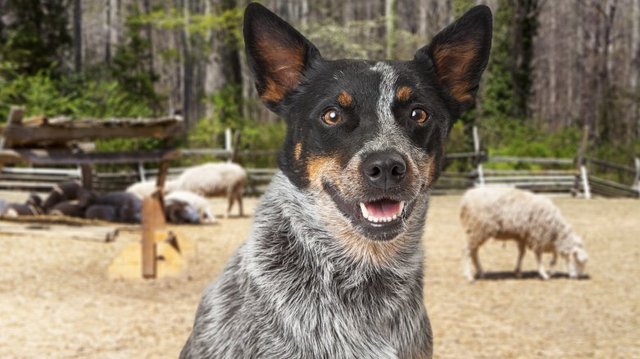
They're also called blue (or red) heelers, and they're a sort of all-around genius in the dog world. ACDs are a fairly new breed whose development was traced by Robert Kaleski (via CattleDog.com), who found it's only semi-certain what dogs were bred into them. They're part Australian collie and part wild dingo, but no one argues that ranchers on the Outback were trying to create a dog that was smart and tough enough to operate as a sort of independent ranch hand. How smart? Enough to keep quiet and work without needing much guidance because no one wants the semi-feral cattle stampedes that lots of shouting and barking could cause. After a ton of selective breeding, we got dogs that are smart … maybe too smart.
Let an ACD get bored and he'll find his own entertainment, whether you want him to or not. They need something to do if they're going to be happy, and an unhappy ACD is a handful and a half. Since they're bred for brains, brawn, and stamina, agility training is a legitimate option … unless they disagree. If they do disagree — with anything — they'll let you know. In short? They're the doggie equivalent of that precocious 5-year-old that asks inconveniently timed, embarrassing questions.
Border collie
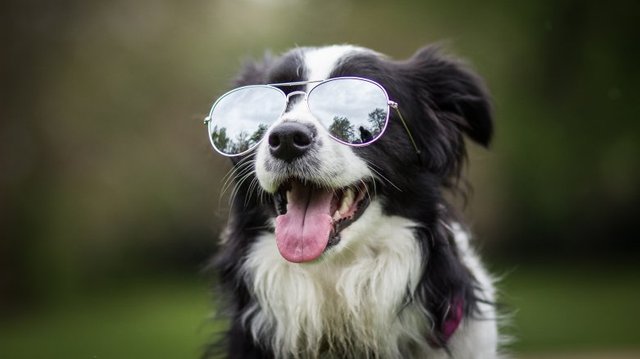
Border collies are big in the brains department, too, and we even know where they get it from. The idea of the border collie goes back to a single dog named Old Hemp (via Border Collie Museum), a herding dog who worked on the sheep fields of Northumbria, England. He put in some serious work off the fields, too, helping make more than 200 puppies and laying the foundation for a breed of dog that's still a staple wherever there's sheep in need of herding. The general consensus is that Old Hemp had a natural skill at herding sheep he passed on to countless pups and grandpups, and that he made his work look easy peasy lemon squeezy.
Border collies have loads of what Stanley Coren calls instinctive intelligence (via Psychology Today), and they're at the top of other classes, too. Just look at a border collie named Chaser, who USA Today says not only knows more than 1,000 words, but understands basic grammar concepts and can use the process of elimination to figure out new words. You probably know people who have a more limited vocabulary than that; Chaser is a perfect example of what some dogs are capable of if we just take the time to teach them.
Jindo
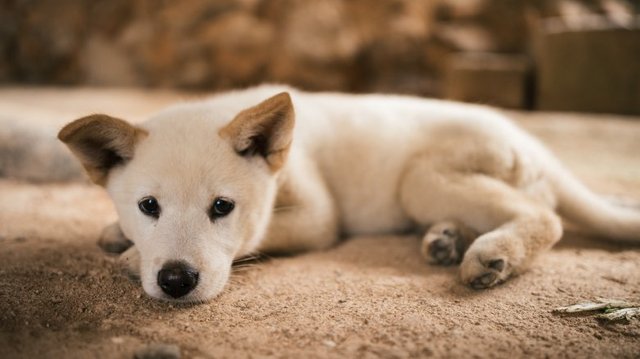
Jindos come from South Korea, and while we're not entirely sure just when they developed into the breed everyone loves today, Dogtime says they've been around at least 1,500 years. They're a national treasure in South Korea, and if you're not familiar with them it's probably because they're rare in the U.S.
They're smart cookies, trained to hunt in packs or with their trainer. For generations, they've been bred to work with one person with an almost fanatical devotion, although that trait makes them terrible search-and-rescue dogs in spite of their intelligence. Once someone earns their trust — and they don't give it easily — they're bonded to that person for better or worse. In 2011, the LA Times reported the LAPD had invested months of training into a pair of Jindo puppies only to find they weren't exactly keen on playing by police rules because they were more interested in pleasing Mom and Dad than actually doing their job. Very smart, but easily distracted.
Labrador retriever

Like a lot of our smartest dogs, Labrador retrievers became popular because they were bred to do a certain job and excelled at it. According to Dogtime, the earliest Labrador retrievers were put to work alongside the fishermen of the North Atlantic as a sort of adorable deckhand. They hauled in fishing nets, fetched gear, and retrieved the occasional fish. Thriving through the 1700s and almost extinct by the 1880s, they were rescued by English families who valued the dogs because they were sweet enough to be a family dog and smart enough to earn their keep by learning almost any task they were presented with.
You see Labrador retrievers all over, and that's because they're high flyers when it comes to what dog researcher Stanley Coren (via Psychology Today) calls adaptive intelligence. That's the kind of intelligence that helps dictate how good a dog is going to be at learning completely new tasks and solving problems. Since labs come in at the top of the class, that means individual dogs are great at learning everything from search-and-rescue and explosive detection techniques to how to be the bestest boy in the world as an assistance or therapy dog. Take into account the fact that most want to learn and please, and it's no wonder they're so popular.
Poodle

Yes, it's hard to take them seriously with the haircuts most of them get. But those haircuts are doing them some serious injustice, and you'd better believe they know how ridiculous they're made to look.
Poodles have been around for hundreds of years, and Canine Journal says that while there's some debate about where they got their start, most agree it was in Germany or Denmark. Either way, the name "poodle" comes from the German "pudel," describing the dog's early role as a water-loving retriever. The more popular the poodle got, the more people started realizing she wasn't just great in water. She was smart enough to learn other tasks and eventually became so well-known for picking up tricks that she became the go-to circus dog.
That's what most people's image of the poodle is, but Poodle History has compiled an extensive list of what this brainy canine has been up to over the course of centuries. They've been used in the military, as guide dogs, as hunting and retrieving dogs, as ships' and fishermens' dogs, herding dogs, and of course, as companion dogs at fair, carnivals, and performance halls. They're the ultimate jack of all trades, except poodles are also masters of them all.
German shepherd
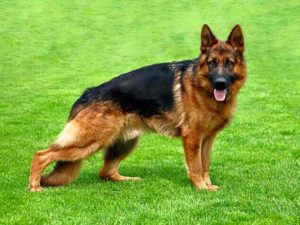
By the middle of the 19th century, society had advanced enough that people had spare time to argue about how dogs should be bred. There were, of course, disagreements, but today's German shepherd came out of a late-19th-century breeding program run by Max von Stephanitz. He believed dogs should be bred strictly for their work ethic (as opposed to appearance), and he picked his breeding dogs for their intelligence and loyalty. He was at a dog show when he was introduced to a dog named Hektor Linksrhein. He purchased Hector, renamed him Horand von Grafrath, and made him the first dog to be included in the breed register for the Society for the German Shepherd Dog.
Intelligence was a key trait those early dogs were bred for, and according to German Shepherd Rescue Elite, they were also inbred for it. That's manifested in a host of genetic problems but not in any sort of intelligence ones, and according to VetStreet, German shepherds have reached "legendary status." They're retained the instinctive intelligence Stanley Coren talks about in Psychology Today, and that makes them efficient at their original job: herding and protecting. Their adaptive intelligence puts them at the top of other classes, too, from police and military service to assistance and even acting. There's a reason so many canine actors are German shepherds, and it's because they're not just a pretty face.
Airedale terrier
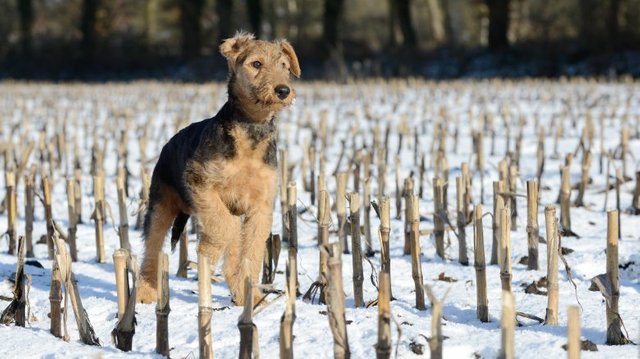
Airedales are the biggest of the terriers, and they were bred as super-sized hunting dogs. They struck popularity gold after their service during World War I, when Dogtime says they filled a series of roles traditionally played by people. They were employed as messengers and sentries, and even served in the Red Cross as ambulance and casualty dogs. They carried food and ammunition, acted as guard dogs, and seriously, if that's not a testament to how smart they are, nothing will be.
That kind of intelligence means there's a lot going on in that pretty head, and they're so smart they tend to have some strange habits. They love to dig, love to spend time with children, and love to collect people things. They're known for getting it into their heads to start collecting socks, underwear, bits of clothes, or really anything that smells like their person. If things start going missing around your Airedale, you might have a cat burglar on your hands. A completely adorable cat burglar.
Rottweiler
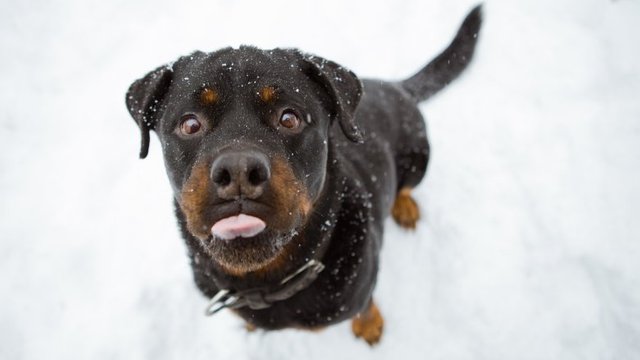
Rottweilers might have a reputation for being terrifying, but when raised properly, they're laid-back, affectionate, and devoted to their family. It's that devotion and sense of protectiveness they were bred for, and that's exactly why they need to be intelligent.
According to Dogtime, early Rottweilers were bred to herd cattle and pull carts. They were among the first to be recruited into service as police and military dogs, and in order to be such alert, observant dogs, they need to be one step ahead of anything that might pose a threat. They're always waiting, watching, and assessing, and the breed has had hundreds of years to work on tactics. They're descended from an ancient Roman dog breed called the Molossus. They nearly went extinct in the 19th century and were only saved with a rediscovery of just how powerful their work ethic was. Their intelligence has been geared toward observation, protection, and threat assessment for generations, and if there's any breed that's earned the right to wear aviator sunglasses and carry a badge, it's them.
Norwegian lundehund
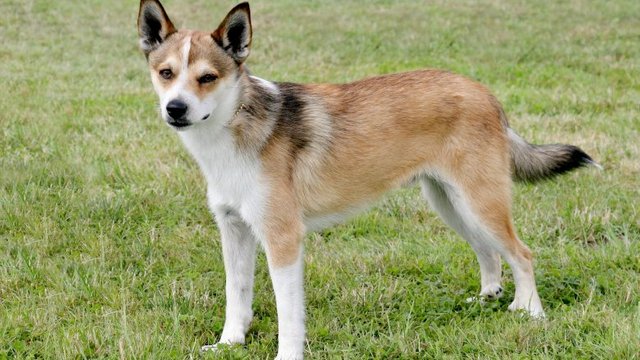
You expect dogs to be herders and protectors or retrievers, but puffin-hunters? That's where the Norwegian lundehund comes in. It's the rarest of the American Kennel Club recognized breeds, (via Dogster), and VetStreet says its high intelligence comes in the form of some major curiosity — the kind that killed the cat.
Fortunately for the lundehund, its high curiosity drive only helps it do the job it was bred for: climbing cliffs and catching puffins. True, dogs aren't really known for their climbing ability, but the lundehund is the triple-jointed, six-toed, freakishly flexible exception to the rule. All that's packaged up with an impossible-to-satisfy curiosity in a completely adorable, fox-like body for a truly epic-looking dog that's pretty constantly in trouble because of all those brains … trouble that face immediately gets it out of.
Belgian Malinois
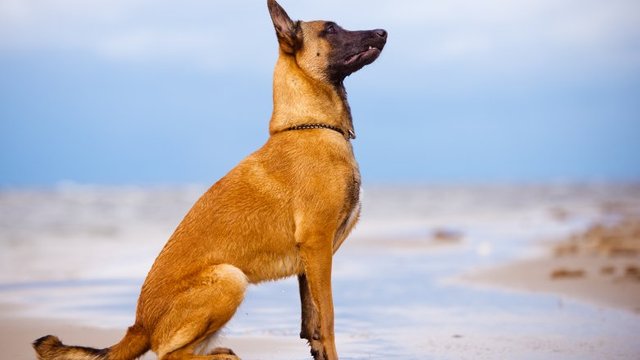
High-intelligence dogs are usually high-maintenance, and in order to be happy they need jobs, companionship, entertainment, and constant engagement. The Belgian Malinois is a prime example of this dynamic, and it's no wonder. For generations, they were bred as military, police, and working dogs, and they did some serious service during World War I. According to VetStreet, this dog needs a lot of work, and he isn't going to be happy with only the occasional walk to keep him occupied. He thrives on challenges, physical and mental, and — again, like all high-intelligence breeds — there are some outstanding individuals.
In 2017, The Guardian reported on the latest Dickin medal honoree, a Belgian Malinois named Mali who was given the medal for his service alongside British special forces in Afghanistan. The dog was credited with actions that ultimately gave his companions the upper hand against the Taliban after an eight-hour siege. Serious brains and serious bravery.
Jack Russell

Jack Russells are the dog world's example of big things coming in small packages, and these little dogs have been around for centuries. They're believed to have originated in England as fox hunting dogs, and once people started hunting less their big personalities kept them popular as household companion dogs.
Their particular kind of intelligence is channeled into their personality, and since they honestly love whatever task you might set them to, they're the embodiment of the philosophy that if you do what you love, you'll never work a day in your life. They don't, because according to Canine Journal, they're smart and energetic enough to love just hanging out and joining in whatever you want to do. It's no coincidence you often see them in movies and television, either, and it's because they're easy to train, quick to catch on to new things, and super eager to please. There's one big, super-intelligent bit of wisdom we should all adopt from the Jack Russell's point of view: love your life.
Doberman
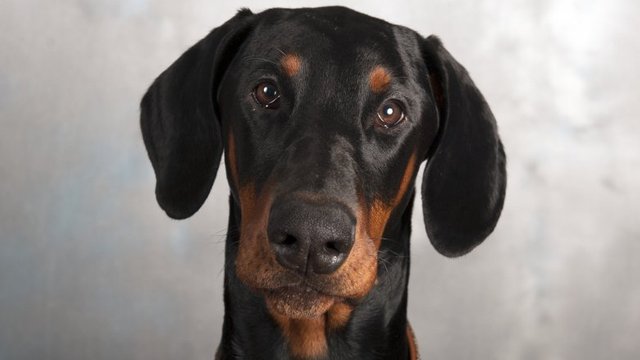
The American Kennel Club says intelligence is among the Doberman's most distinctive traits, along with courage and loyalty. It's a combination of those three things that made them one of the go-to breeds for war dogs, and during World War II countless Dobermans were dispatched to the Pacific front to guide troops, act as watchdogs and sentries, and warn soldiers of hidden dangers. Survivors adapted easily to civilian life. Others were buried in Guam's National War Dog Cemetery.
Dobermans have a terrifying reputation, there's no denying that. There's also no denying that in many cases, it's totally unwarranted. They're loyal, fun-loving, and intelligent enough to catch on to almost any task they're given, whether that's becoming a search-and-rescue dog or a service dog. The key, says Pawster, is that they need a human companion that's just as smart and loyal as they are, and let's face it — those people are in short supply.
source://http://www.grunge.com/
Husky???
apparently not so much haha :D
Not true! :)
which dog you like the most? @hossary
I love dogs! BIG thanks for this amazing post!
Good post continued @mohamed-shebl
Always at the top thank you
thanks albert :)
IT is a good post but it was copied
That's why i posted the source to the original post :)...there is information everywhere that it was copy
you are right about posting The source but cheetah is strange animal:-))
i couldnt find an information about bulldogs and its origin. correct me if i am wrong? Bulldogs’s origin is strange too. i think bulldogs were used to fight against bulls in ancient britain. You may find comprehensive docs about
Like the pit bull, bulldogs were originally bred to help butchers control livestock, although bulldogs most likely predate pit bills, with a history that can possibly be traced back to the 5th century in England and a breed called the Alaunt. By the 15th century, in addition to catching horses, cattle, and boars in legitimate (if dangerous) farming use, bulldogs were also used in the barbaric “sport” called bull-baiting, in which trained dogs would latch onto a tethered bull’s nose and not let go until the dog had pulled the bull to the ground or the bull had killed the dog. Over the course of 350 years, until bull-baiting was banned in 1835, bulldogs were bred for aggression, and an 80-pound dog could easily bring down a bull weighing close to a ton by corkscrewing its own body around its neck, tossing the bull over its own center of gravity.
for more info check : https://www.cesarsway.com/about-dogs/breeds/the-history-of-bulldogs
border-collie looks cool.... good collection @mohamed-shebl